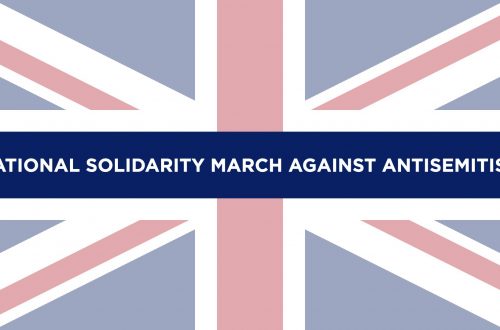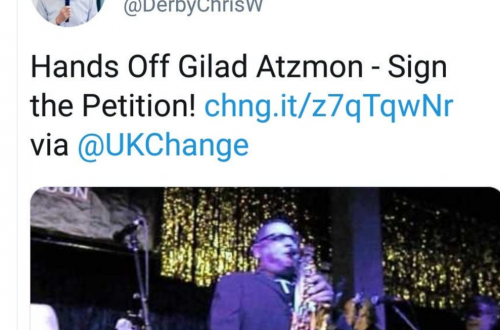This long report, produced by Political Research Associates, tackles both antisemitism and Islamophobia* on US campuses. The first half analyses both phenomena in detail, while the second provides a series of case studies of several campuses, as well as of key players in these debates such as ADL, CAIR, Daniel Pipes and Norman Finkelstein.
Discussions of US foreign policy and events in the Middle East often trigger manifestations (or accusations) of both types of bigotry, leading to an unhelpfully polarized situation (p. 9). The authors acknowledge (p. 4) that their report offers a fractured and contradictory picture, reflecting collisions between conflicting viewpoints. This they describe as a ‘Rashomon effect’, a reference to the famous film in which the same events are presented in opposed ways (p.5)
Here’s a good extract from the section on scapegoating, a mechanism which is very relevant to prejudice against both Jews and/or Zionists, and Muslims:
The scapegoat bears the blame, while the scapegoaters feel a sense of righteousness and increased unity. The social problem may be real or imaginary, the grievances legitimate or illegitimate, and members of the targeted group may be wholly innocent or partly culpable. What matters is that the scapegoats are wrongfully stereotyped as all sharing the same negative trait, or are singled out for blame while other major culprits are let off the hook. (p. 10)
Any discussion of antisemitism needs to engage with the contested boundary between legitimate criticism of Israel and racist bigotry. This report offers eleven examples of rhetoric which are then analysed and contextualized in detail – the discussion of Stephen Sizer on p. 14, for example, pinpoints precisely why, even though some of his targets may be legitimate, his failure to define terms such as ‘Zionist’ creates a disturbingly distorted and one-sided picture of the I/P conflict. Central to negotiating such boundaries is the concept of the New Antisemitism and the report offers a balanced survey of views on this issue (p. 19).
There are both symmetries and tensions between the report’s exploration of antisemitism and the discussion of Islamophobia which follows. ‘Islamo-fascism Awareness Week’ mirrors ‘Israel Apartheid Week’, for example. Sometimes antisemitism can be defined or countered in ways which are heavy handed or overshoot the mark. Such responses are associated with the right (p. 38). The same problem emerges in reactions to Islamophobia, this time generally from the left.
As an outsider from the UK, it is hard to evaluate when a reaction becomes an over-reaction, and from this point of view the case study of the University of California at Berkeley was illuminating despite (or because) it displays the fractured quality identified at the opening of the report (see for example the section on student activism, which ends on p. 44, and which first implies that the college’s pro-Palestinian activism is essentially not antisemitic before acknowledging the antisemitic impact of activities such as Israeli Apartheid Week). On the same page the authors again return to the difficulty of establishing the truth based on the ‘mish mash’ of competing accounts, but then go on to pinpoint one significant documented case which appears to confirm that a student made false allegations of antisemitism against a Muslim lecturer.
This is a very useful report, and I particularly welcomed the way it articulated so clearly the difficulty of pinning things down – both definitions of different types of prejudice and the truth behind disputed events – while putting so much effort into trying to do just that. Although the reader isn’t bludgeoned into taking a particular position, the writers’ default position seems to be left/liberal.The exploration of antisemitism (which includes a long interview with David Hirsh) seemed more searching than the discussion of Islamophobia, and it would have been interesting to have included the same kind of analysis of marginal and unambiguous examples of anti-Muslim rhetoric as was offered in relation to antisemitic discourse.
* The authors use this term throughout, while acknowledging that it isn’t fully satisfactory.


